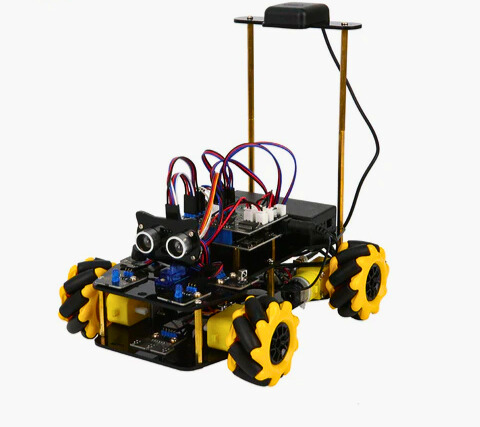5183+ reviews
Order by 16:00 for same day shipping
14 days return
EN
Individual
Business
Filters
Price
to
Electronics kits
Electronics kits are a fun way to learn technology, circuits and programming. Whether you are a curious beginner or an experienced hobbyist, a good kit helps you to gradually acquire new skills. You combine theory with practice and make abstract concepts such as voltage and current tangible. At Elektronica Voor Jou you will find a wide range of kits, suitable for young and old. From simple soldering kits to challenging projects with Arduino or Raspberry Pi.
86 products found
Sort by:
What's in a kit?
Each kit is different, but usually contains everything you need to get started right away. Think of LED lights, resistors, push buttons, sensors, cables and breadboards. Often there is also a microcontroller, such as an Arduino or Raspberry Pi Pico. This allows you to program circuits and make them interactive. Thanks to clear manuals or online tutorials, you know exactly how each component works. You learn how to make a working circuit from separate components.
Some kits teach you the basics of electronics. Others are focused on a specific project, such as a thermometer or a plant waterer. Because all the components are well-coordinated, you know for sure that everything works. So you don't have to look for separate components yourself. That makes a kit ideal for anyone who wants to learn in a structured and accessible way.
Who are electronics kits for?
Electronic kits are surprisingly versatile. Children from eight to ten years old can already get started with simple sets under supervision. In this way they learn how technology works in a playful way. Kits are also valuable for pupils. They can immediately apply their knowledge from technology or NASK education.
Hobbyists often use kits as a starting point for larger projects. A kit can provide inspiration for your own applications, such as a weather station or smart lighting. Even adults without experience can quickly learn how electronic systems work. Moreover, the kits are popular in education and workshops. They offer a clear, repeatable way to transfer knowledge.
What do you learn with an electronics kit?
You learn mainly by doing. You discover how current behaves and how components work together. Concepts such as voltage, current and resistance gain meaning through practice. You build circuits, solve errors and think logically. If the kit contains a microcontroller, you also learn to program. You make LED lights flash, read sensors or control motors.
You not only develop technical knowledge, but also creativity. You learn to tackle problems and think in terms of solutions. Many people experience building with electronics as fun and motivating. It is satisfying to make something that really works.
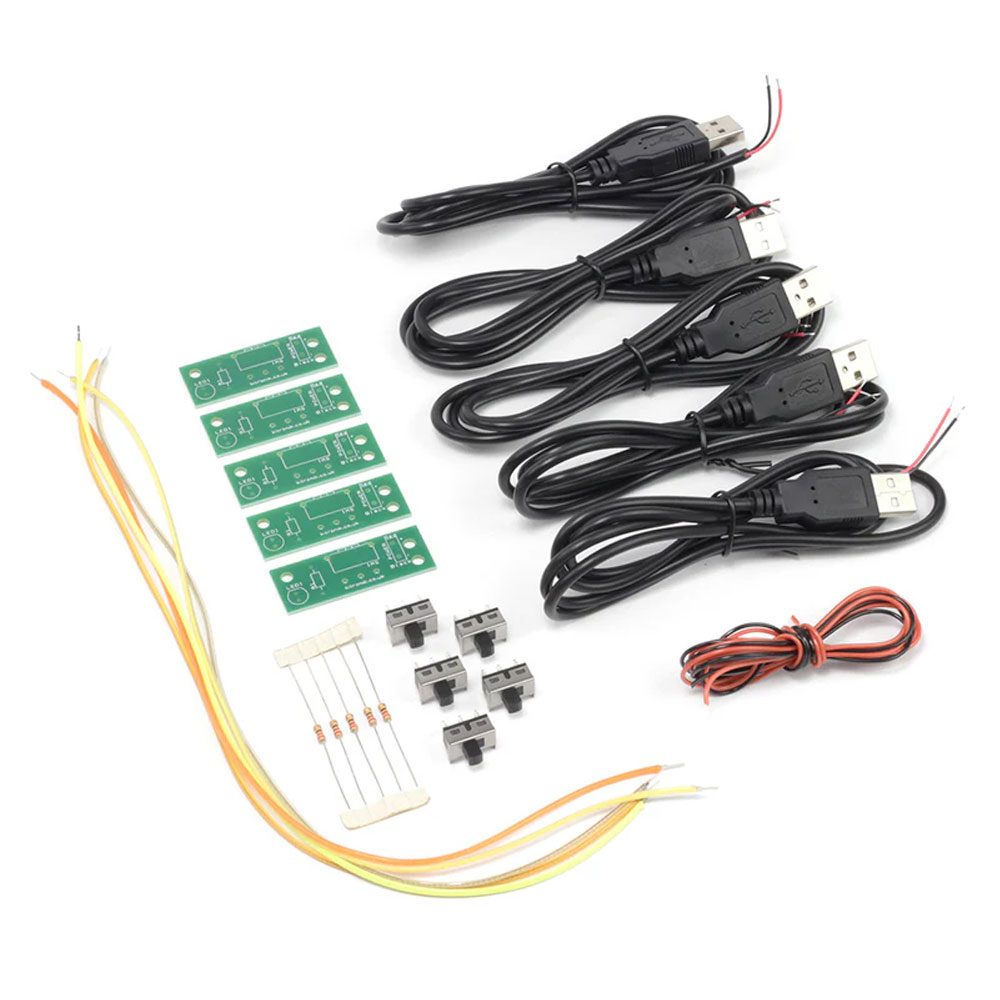
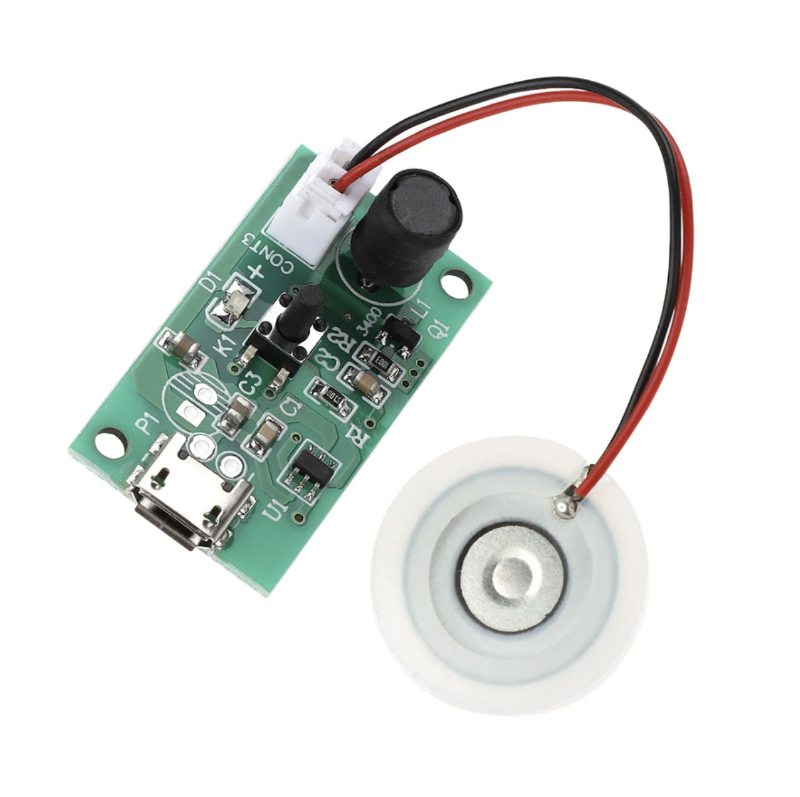
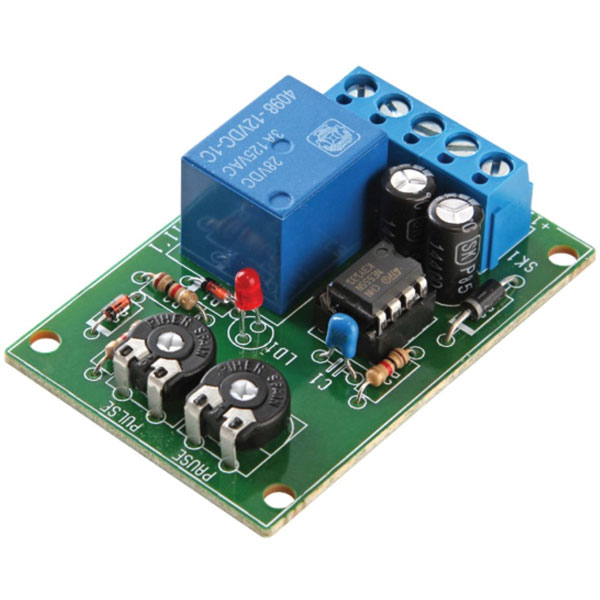
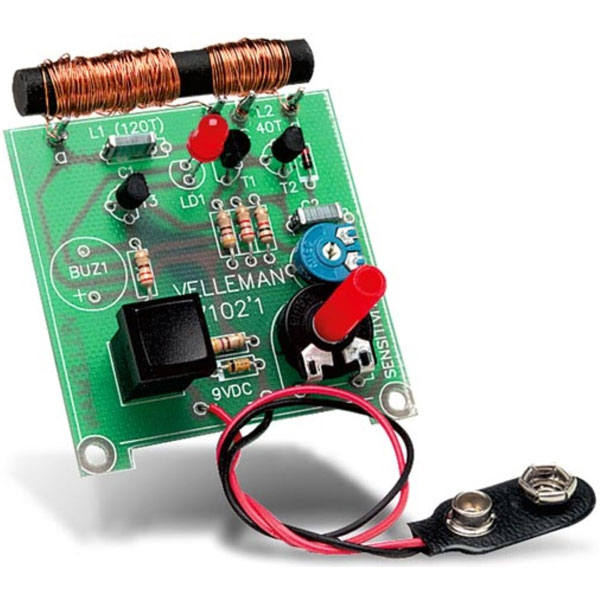
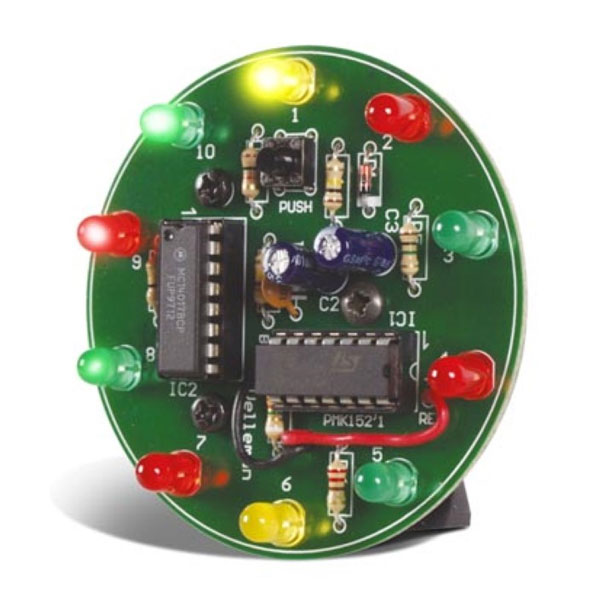
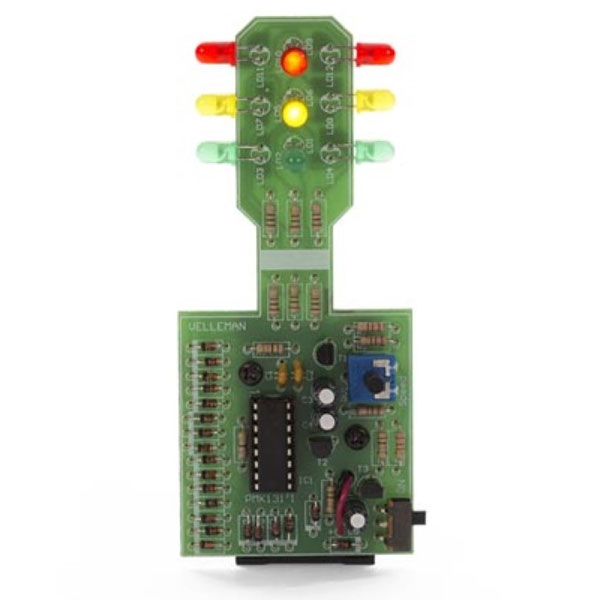
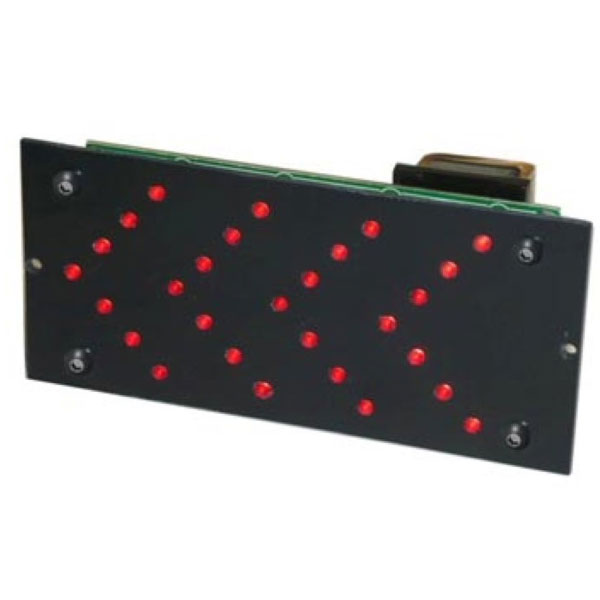
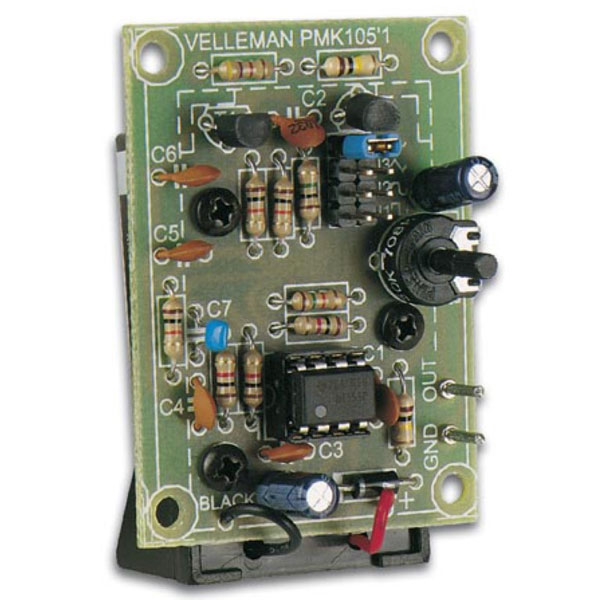
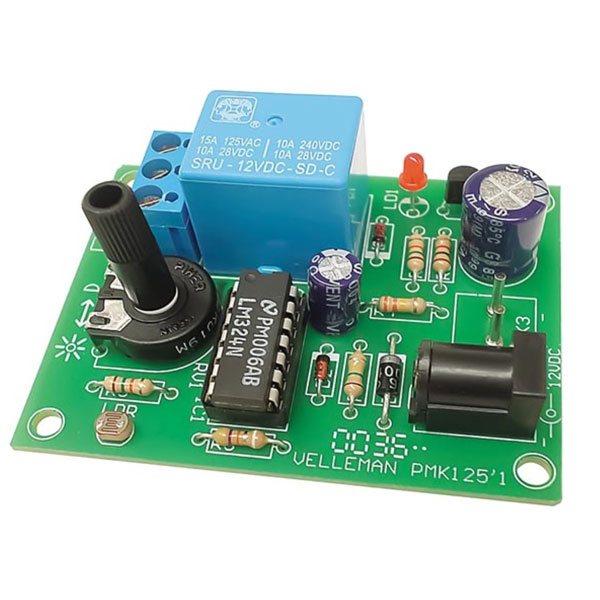
.png)
.png)
